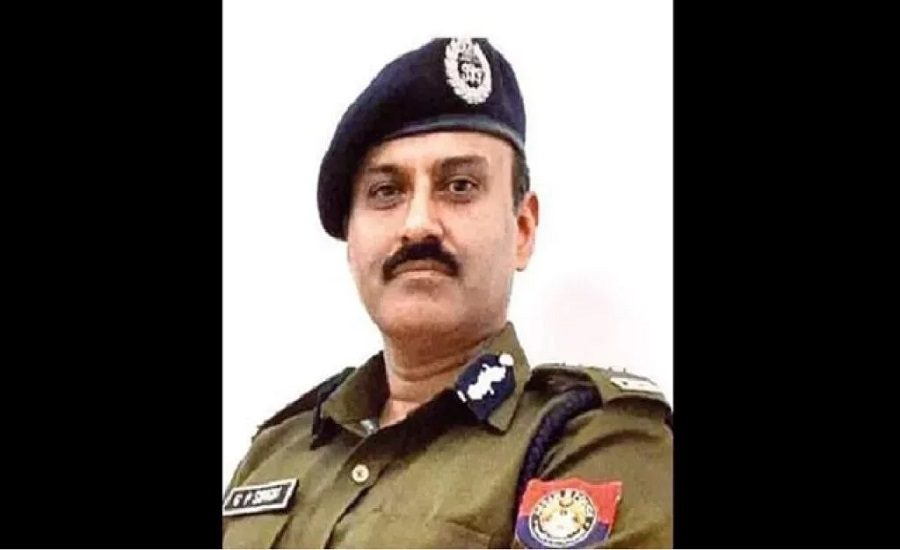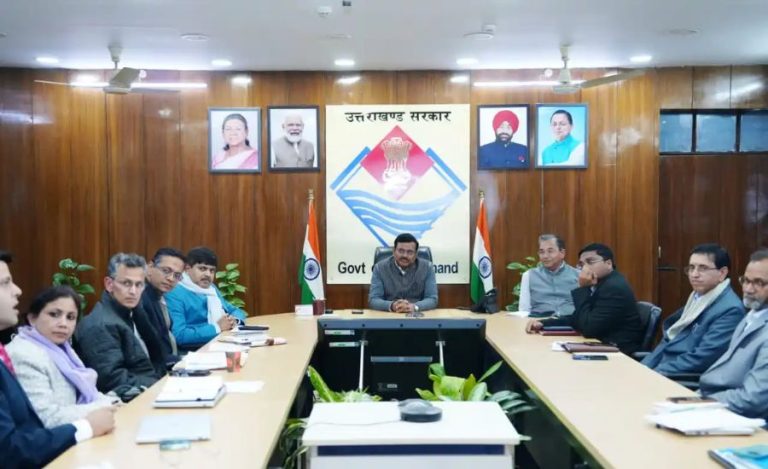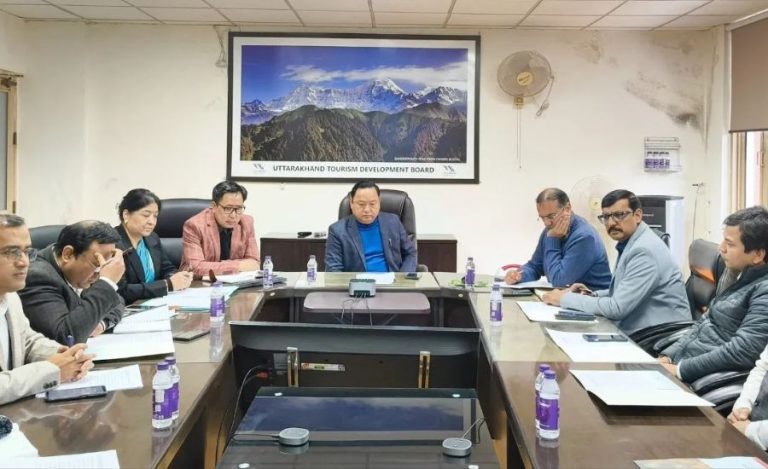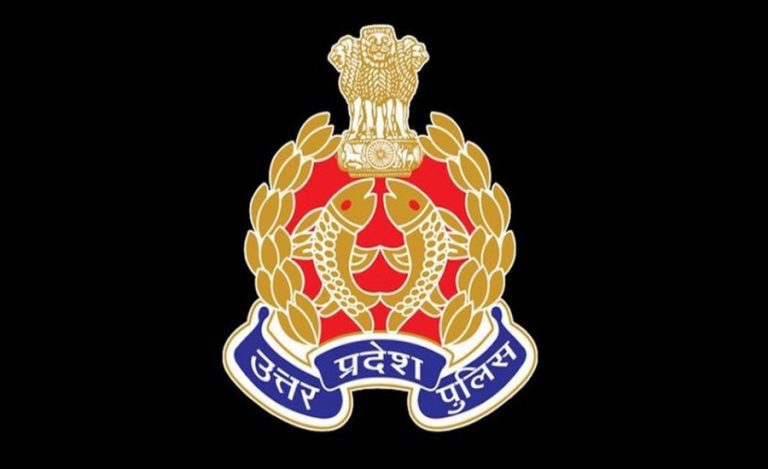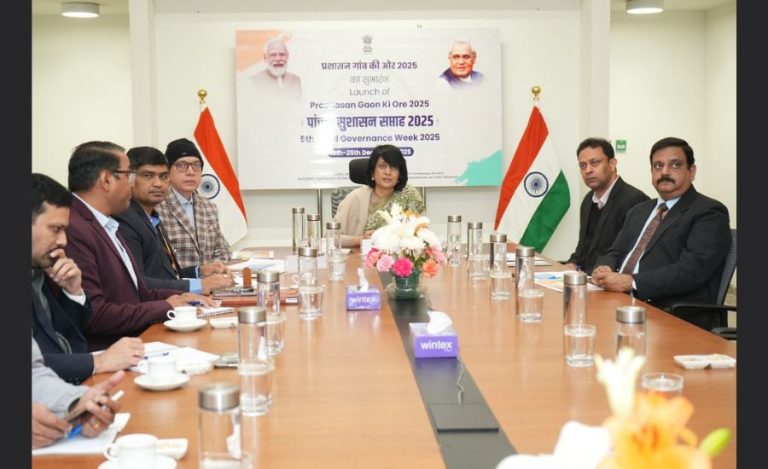New Delhi: As incumbent Delhi Police Commissioner Sanjay Arora prepares to demit office on July 31, speculation is mounting over who will succeed him in one of the capital’s most critical law enforcement positions. Among the names circulating in bureaucratic and political circles, Gyanendra Pratap Singh (IPS:1991:AM), Director General of the Central Reserve Police Force (CRPF), is increasingly seen as a leading contender.
Singh’s extensive and varied experience in security and law enforcement has earned him a reputation as a disciplined and effective officer. He previously served as Director General of Assam Police and was deployed as Additional Director General of Police (Law & Order) during the tumultuous anti-CAA protests in Assam in 2019. His tenure at the National Investigation Agency (NIA) as Inspector General included oversight of sensitive terror investigations such as the Samjhauta Express, Malegaon, Ajmer Sharif, Mecca Masjid, Pathankot, Uri, and Pulwama cases.
Adding to his strong credentials is Singh’s stint with the Special Protection Group (SPG), the elite force responsible for protecting the Prime Minister of India. This experience highlights his ability to manage high-stakes security challenges, a critical requirement for the Delhi Police Commissioner’s post.
The role of Delhi Police Commissioner is particularly strategic, involving complex administrative, political, and security dimensions. Sources indicate that Singh’s management style and proximity to the Centre’s security priorities align well with the expectations for this role.
While the Ministry of Home Affairs has yet to make an official announcement, insiders suggest that Singh is positioned as a potential surprise pick for the role, intensifying speculation as the deadline approaches.
The appointment will be closely watched, given Delhi’s unique security landscape and the high-profile nature of the position. Whether GP Singh will be formally appointed remains to be seen, but for now, his name dominates the conversations within Delhi’s power corridors.

